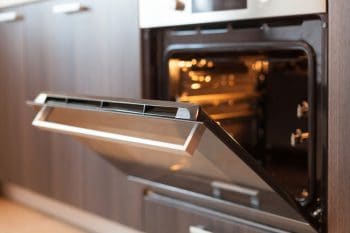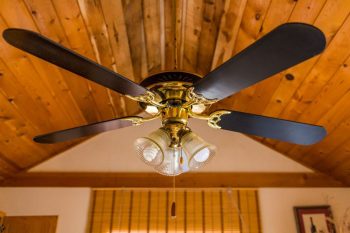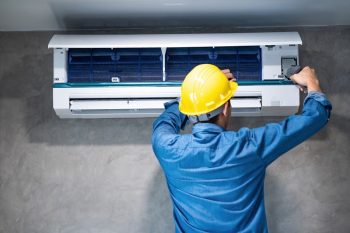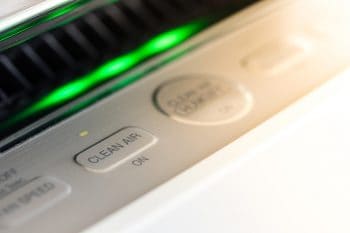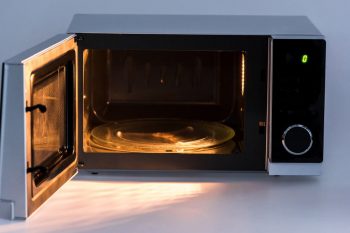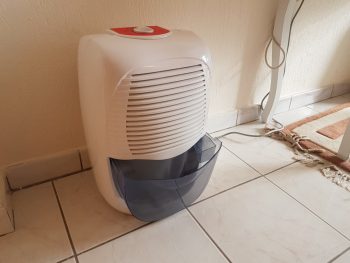
Ducting a dehumidifier can be a game-changer when it comes to humidity control in your home or workplace. Proper ducting can enhance the performance of the dehumidifier, resulting in improved air quality, comfort, and even energy savings. This comprehensive guide will walk you through the process of how to duct a dehumidifier, the benefits, and common mistakes to avoid.
Ducting a dehumidifier involves selecting a dehumidifier compatible with ducting, planning the ducting configuration, installing the ducts, and ensuring proper airflow. The return-air duct should be connected to the dehumidifier’s inlet, and the supply-air duct to the outlet. Avoid common mistakes such as using the wrong duct type or improper installation. Ducting enhances the dehumidifier’s performance, improves air quality, and increases comfort.
What is a Dehumidifier and Why Should You Duct It?
A dehumidifier is an air conditioning device that reduces and maintains the level of humidity in the air. It can be a crucial tool for maintaining a healthy and comfortable environment, especially in areas prone to high humidity.
Ducting a dehumidifier is important for several reasons:
- Efficiency: It maximizes the efficiency of the dehumidifier, allowing it to reach desired locations without compromising its performance.
- Comfort: It helps maintain a comfortable environment by distributing dehumidified air evenly.
- Preventing moisture damage: Proper ductwork ensures that there are no dead air movement areas where moisture collects, which can lead to corrosion and structural weakness.
Essential Tools for Ducting a Dehumidifier
Before you begin ducting your dehumidifier, it’s essential to gather the necessary tools and materials. These include:
- Dehumidifier
- Ductwork (flexible foil dryer transition ducts or round duct kits)
- Inlet and outlet collars
- Dampers (if required)
- Proper control methods
Step-by-Step Guide to Duct a Dehumidifier
Ducting a dehumidifier can be broken down into the following steps:
- Choose the right dehumidifier: Opt for a dehumidifier that is compatible with ducting and suitable for your space.
- Plan the ducting configuration: Determine whether you want to attach return ducts, supply ducts, or both to your dehumidifier.
- Install ducts: Connect the return-air duct to the inlet of your dehumidifier and the supply-air duct to the outlet.
- Ensure proper airflow: Make sure that the ductwork is well-designed and suited for your specific dehumidification system.
Common Mistakes to Avoid While Ducting a Dehumidifier
Avoiding common mistakes can ensure that your dehumidifier operates efficiently and effectively. These mistakes include using the wrong duct type, improper installation, placing the dehumidifier too close to walls or furniture, and forgetting to clean the filter.
Benefits of Ducting a Dehumidifier
Ducting a dehumidifier can enhance its performance by improving airflow, distributing dehumidified air more evenly, increasing efficiency, reducing strain on the air conditioning system, and minimizing noise impact on living spaces.
Professional Services for Ducting Dehumidifiers
If you’re not comfortable ducting a dehumidifier yourself, professional services are available. These services can ensure proper installation and integration with your HVAC system, improving your home’s indoor air quality and humidity control.
Conclusion
In conclusion, ducting a dehumidifier is a crucial step in maximizing its efficiency and effectiveness. By following the steps outlined in this guide, you can ensure proper installation and maintenance, leading to improved air quality and comfort in your home or workplace.
Frequently Asked Questions
What type of ductwork is best for ducting a dehumidifier?
The type of ductwork you choose depends on your specific needs and setup. However, flexible foil dryer transition ducts or round duct kits are commonly used for ducting dehumidifiers.
How often should I clean the filter of my ducted dehumidifier?
The frequency of cleaning the filter depends on the usage and environment. However, as a general rule, it’s recommended to clean the filter every six months for optimal performance.
Can I duct a dehumidifier myself, or do I need professional help?
While it’s possible to duct a dehumidifier yourself by following the steps provided in this guide, it can be a complex task. If you’re unsure or uncomfortable, it’s best to seek professional help to ensure proper installation and integration with your HVAC system.
How do I choose the right dehumidifier for ducting?
When choosing a dehumidifier for ducting, consider factors such as the size of the space where it will be used, the level of humidity in that space, and the dehumidifier’s compatibility with ducting.
How does ducting a dehumidifier improve its efficiency?
Ducting a dehumidifier improves its efficiency by enhancing airflow, distributing dehumidified air more evenly across the space, reducing strain on the air conditioning system, and minimizing noise impact on living spaces.


